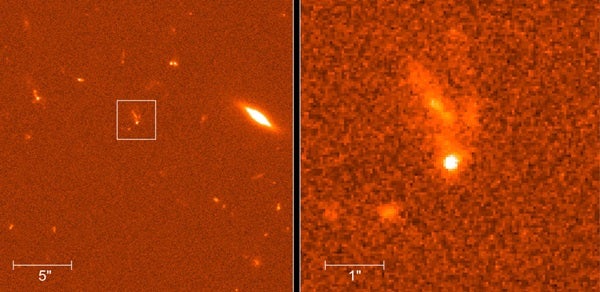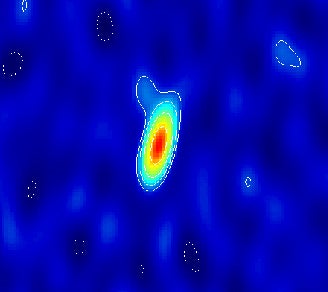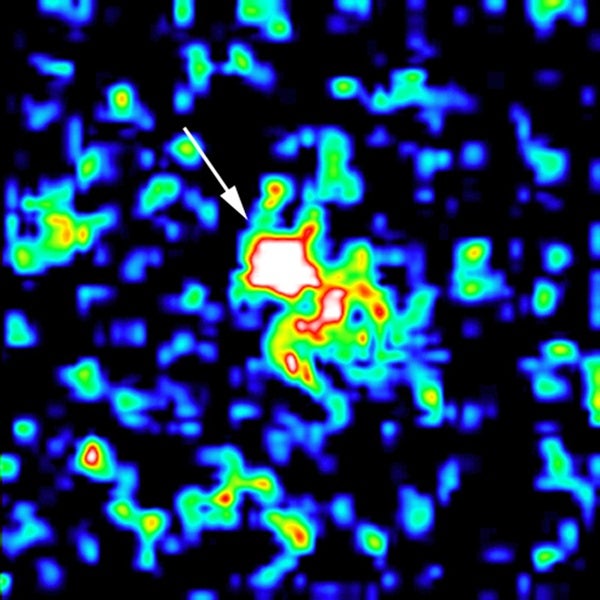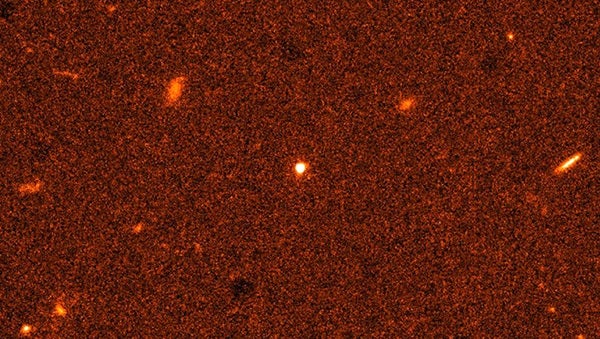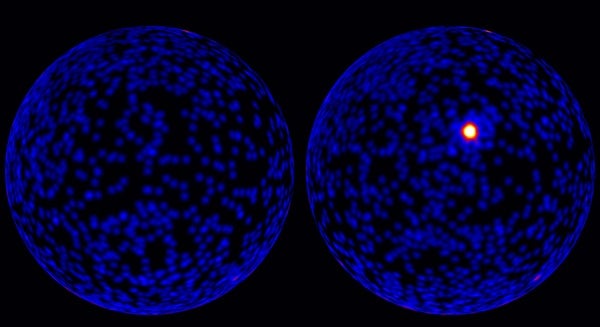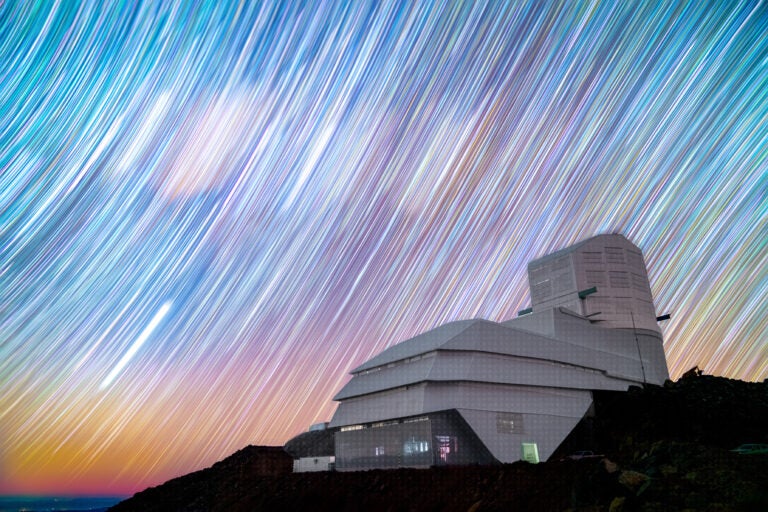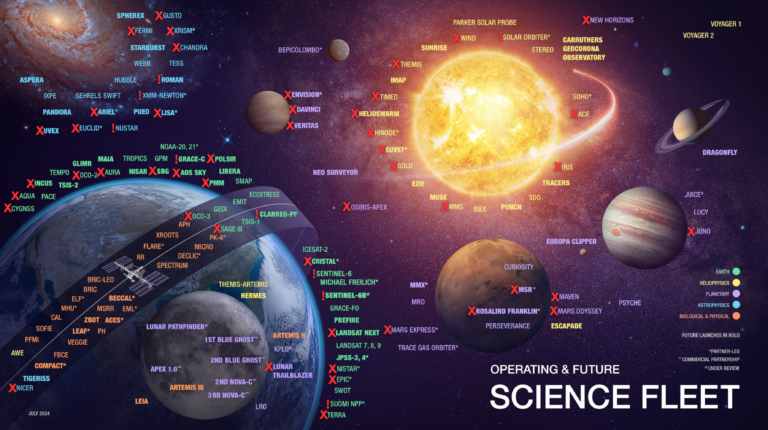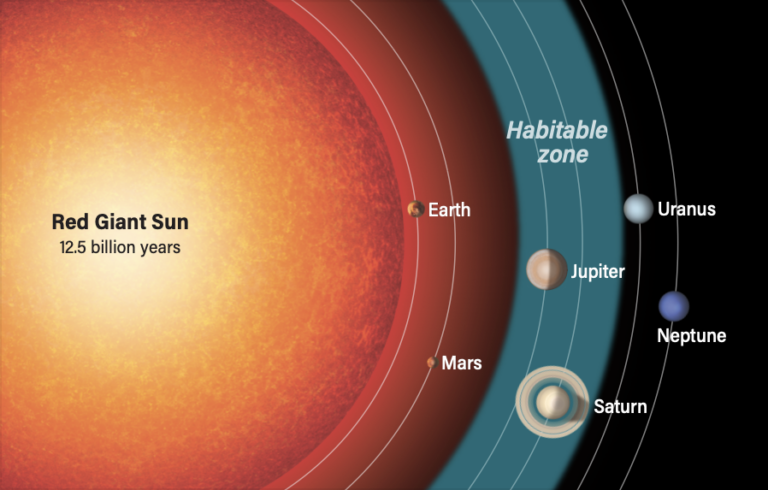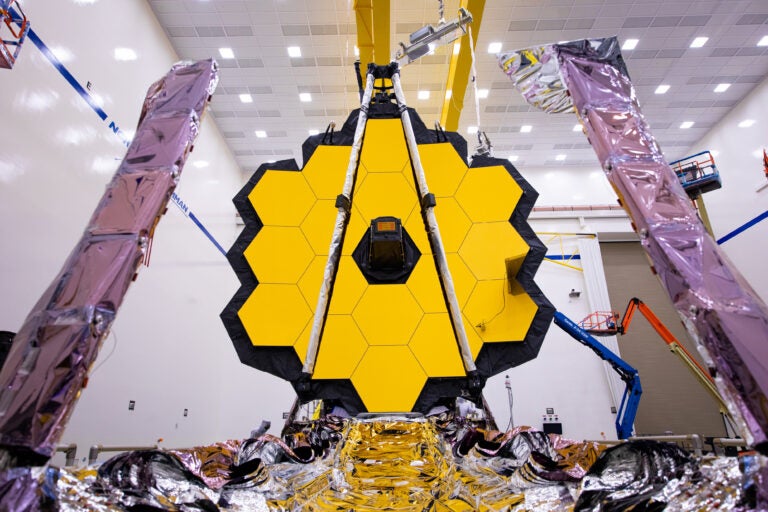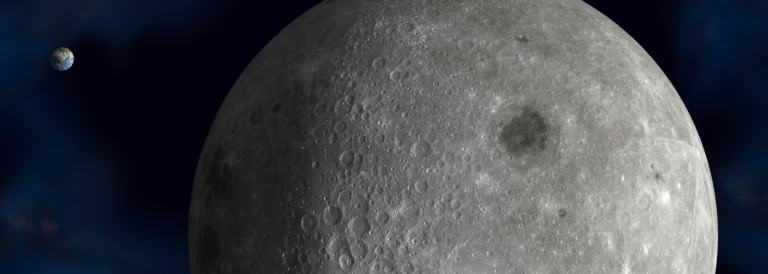The most powerful blasts in the cosmos, these flashes of light randomly appear throughout the sky every day, giving astronomers few clues about the origins of these elusive bursts.
Some gamma-ray bursts (GRBs) last for only a fraction of a second — some as long as a minute (and even one that lasted as long as seven hours) — and beam so much energy in a focused searchlight that they make most supernovae appear weak in comparison. For decades, astronomers debated whether GRBs are powerful events in our Milky Way Galaxy or super-powerful events beyond it, until observations around the start of the 21st century proved that these blasts come from far away.

Bringing the universe to your door. We’re excited to announce Astronomy magazine’s new Space and Beyond subscription box – a quarterly adventure, curated with an astronomy-themed collection in every box. Learn More >>.
The key to unraveling the nature of GRBs comes in part from the discovery that detectors are seeing narrowly focused beams. This realization allowed astronomers to estimate energies for individual bursts and hypothesize the number of total GRBs occurring over a given time interval. “If you didn’t know the geometry,” says Shri Kulkarni of the California Institute of Technology in Pasadena, “and assumed spherical emission when it’s really conical, you could infer an energy release 1,000 times bigger than it really is. And if the beams are as narrow as we think they are, for every GRB I see there are 1,000, I don’t see.”
A key moment in researching gamma-ray bursts occurred suddenly March 29, 2003, when a brilliant burst in the constellation Leo appeared in the data collectors of NASA’s High Energy and Transient Explorer (HETE-2) satellite. By immediately capturing the burst and its afterglow, HETE-2 showed GRB 030329 to be 2.6 billion light-years away and revealed its association with a bright supernova that exploded at the same time. This led researchers to link the most common type of GRB, those lasting two seconds or longer, with the collapse of massive stars about 30 or more times the Sun’s mass. The stars go supernova and create powerful black holes in the process.
The next big step came in November 2004 when NASA launched the Swift mission, a GRB-focused telescope. The Swift satellite has orbited Earth ever since, observing these extreme bursts. Almost a year later, in October 2005, astronomers using Swift solved the 35-year-old mystery of one class of GRBs known as short bursts, those lasting just a few milliseconds. What could produce enough radiation to equal that of a billion Suns in such a short period?
MATCH GAME. Are gamma-ray bursts common in normal galaxies? In 1997, Hubble’s Wide Field Planetary Camera 2 captured GRB 970228’s visible glow, the first that linked a gamma-ray burst with a specific host galaxy. Astronomers estimate the GRB’s host galaxy’s redshift is 0.835, which corresponds to a distance of hundreds of millions of light-years.
On May 9, 2005, Swift detected a short burst, marking the first time for a short burst that astronomers detected an afterglow — something more common with longer bursts. “We had a hunch that short gamma-ray bursts came from a neutron star crashing into a black hole or another neutron star, but these new detections leave no doubt,” says Derek Fox, an astronomer at Pennsylvania State University. Fox’s team discovered the afterglow with NASA’s Chandra X-ray Observatory. The afterglow also was observed by a team led by Jens Hjorth of the University of Copenhagen using the Danish 1.5-meter telescope at La Silla Observatory in Chile.
Another short GRB was spotted July 9 with HETE-2. According to George Ricker of the Massachusetts Institute of Technology in Cambridge, “The July 9 burst was like the dog that didn’t bark. Powerful telescopes detected no supernova as the GRB faded, arguing against the explosion of a massive star. Also, the July 9 burst, and probably the May 9 burst, are located in the outskirts of their host galaxies, just where old merging binaries are expected.”
So after 35 years, a key piece of the puzzle about GRBs appears solved.
RECORD BLAST. NASA’s Fermi Gamma-ray Space Telescope spied the highest-energy light ever seen from a gamma-ray burst (GRB) on April 27, 2013. This image compares the sky in high-energy gamma rays during a three-hour interval prior to the event (left) with a three-hour interval between 2.5 hours before the blast and 30 minutes of the blast, called GRB 130427A.
But observations in 2010, 2011, and 2012 revealed a previously hidden piece. Swift detected three GRBs that spewed gamma rays for hours. Astronomers think such an “ultra-long duration” burst results from a blue supergiant — a star about 1,000 times wider than the Sun — collapsing into a black hole at the end of its life. More research is needed, however, to confirm this scenario.
So even though scientists have learned a great deal about GRBs, they still have many areas of inquiry to explore. They also do not yet know the full details of how these incredibly energetic objects work. Luckily, astronomers have many instruments, for example the Fermi Gamma-ray Space Telescope and the future ASTRO-H, to further refine the picture until it becomes crystal clear — an exciting moment in science.

